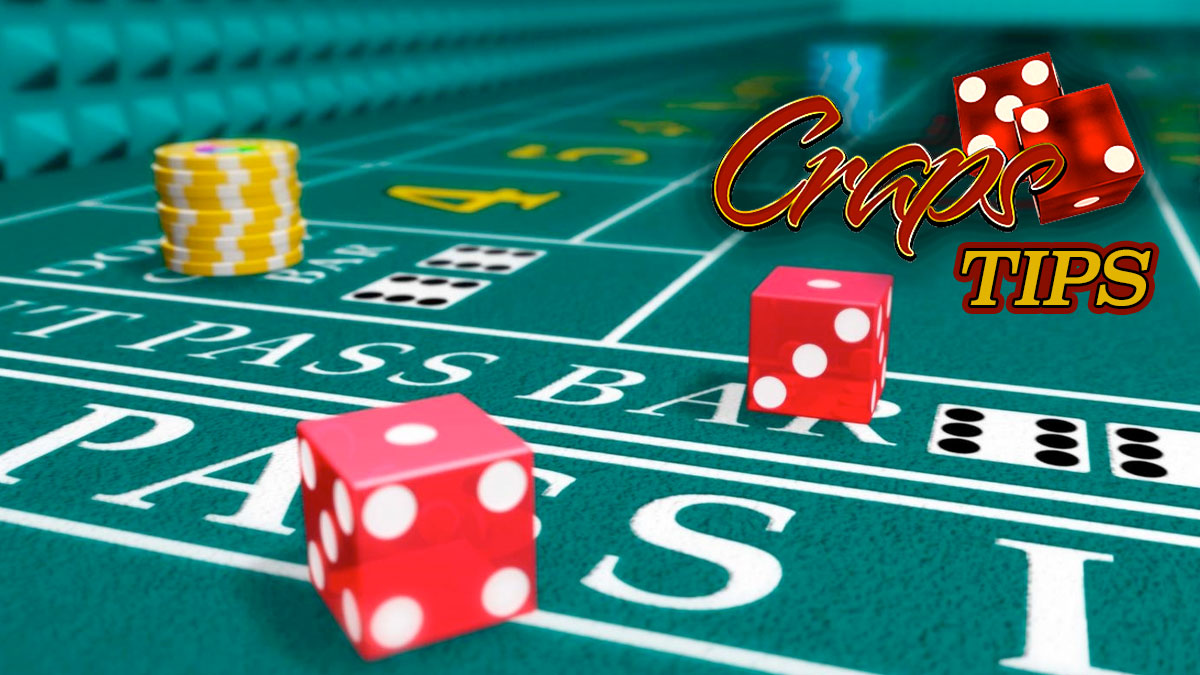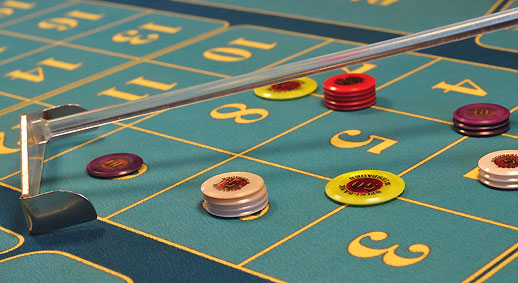- Craps Table With 2 3 11 12 Months
- Craps Table With 2 3 11 12 Years
- Craps Table With 2 3 11 12 Volt
- Craps Table With 2 3 11 12 Inch
What About Crapless Craps? Is It Playable?
It seems to be a law of the gambling universe. If a casino promotes a game as better than the standard game, it is always worse – for the player, not the casino.
A 'Natural' means that the result of your roll is a 7 or an 11. When this happens, you win and get to roll the dice again. You roll a 2 (also known as the Snake Eyes), 3, or 12. The 2, 3, 11, and 12 Craps Bets T he craps table layout’s center section has separate boxes for you to make proposition bets on the 2, 3, 11, and 12. Each is a discrete one-roll bet (i.e., not a “standing” bet).

In craps a few casinos are offering 'Crapless Craps' or 'Never Ever Craps.' The casinos proclaim, 'Never lose your pass line bet due to a craps number being thrown.' I don’t know about you, but I just hate it when my pass line bet is scooped up because a 2, 3, or 12 shows on a come-out roll. So this is a good thing, right?
The answer, as expected, is no. Instead of losing your pass line bet when a craps number is thrown, it becomes a point number. However the 11 – normally a pass line win on come-out – also becomes a point in crapless craps. The probability of making a point of 2 or 12 is 1 in 7. The probability of making a 3 or 11 is 1 in 4. Because you still only get even money for your pass line bet, the house edge for a pass line bet in crapless craps is 5.38 percent. The house edge for a pass line bet in the standard game is 1.41 percent. Now you know why casinos push crapless craps.
Golden Touch™ teaches that you should only play the games where you have an advantage. Whether or not you have an advantage in craps is determined by your skill in controlling the dice. The amount you can expect to earn because of your advantage not only depends on your skill, but also the bets you make at the craps table. For example, if you have diligently practiced over several months and your documentation shows you have avoided enough 7’s to garner a 5 percent edge, you will have nearly a 3.6 percent edge on a pass line bet in a standard craps game (5% minus 1.4%). In crapless craps, however, the house still has an edge of 0.38% (5% minus 5.38%).
Compared to the difference in pass line bets, the additional place bets on a crapless craps layout are even more heavily tilted to the house. Placing the 3 or 11 carries a house edge between 6.25 percent and 10 percent depending on the casino. The 2 or 12 place bets make between 7.14 percent and a whopping 14.29 percent for the house.
Craps Table With 2 3 11 12 Months
Based on this information, common sense dictates you should play the standard game. But what if the regular tables are full or your spots are taken? What if crapless craps is the only game open?
The GTC preferred betting method for random rollers is a pass line and one or two come bets with odds after the 5-count. If you are a controlled shooter you want to minimize what you bet on random shooters and bet considerably more on your own rolls. With this in mind, a pass or come bet with double odds in standard craps has a 0.61 percent house edge. The same bet with double odds in crapless craps has a 2.02 percent edge making in a much less desirable bet. It makes placing the 6 and/or 8 a less costly option as that bet carries a house edge of only 1.52 percent, and has a hit frequency second only to the 7.

Okay, for random rollers in a crapless craps game it is better to place a 6 and/or 8 instead of making pass line and come bets. What about betting on your own rolls?
If you are a controlled thrower (and you are throwing well), the GTC preferred method is to make place bets. The 6 and 8 are preferred for their low house edge (1.52%). Since you are betting more on your own throws, buying the 4 and/or 10 (with the vig paid only on a win) is also a reasonable bet at about a 1.67% house edge. This edge can be lowered if you can 'push' the vig from $1 on a $20 bet (1.67%) to $1 on a $25 bet (1.33%) to $1 on a $30 bet (1.11%) possible even to $1 on a $35 bet (0.95%).

Craps Table With 2 3 11 12 Years
But what about those extra place bets available in a crapless craps game? What about betting on the 2/12 or the 3/11?
As you might expect, the house edge on a place bet for these numbers is abysmal. The true odds against making a 3 or 11 are 3-to1. For making a 2 or 12 they are 6-to-1. The games I looked at in Las Vegas and Tunica paid 13-to-5 on the 3/11. This translates to a hefty 10.00% house edge. In Las Vegas placing the 2/12 pays 5-to-1 amounting to a 14.29% windfall for the casino. In Tunica it was a little better, paying 27-to-5 amounting to 'only' an 8.57% casino advantage. By contrast, placing the 4/10 – with true odds of 2-to-1 – gets paid at 9-to-5 for a house edge of 6.67%.
The message is clear and simple; avoid place bets on the outside numbers, especially the very outside numbers. However, buying these numbers can minimize the tax on your wins by the casino.
Craps Table With 2 3 11 12 Volt
Tunica allows buying the 3/11 for $10 with a $1 vig. This amounts to a 2.5% house edge. However if you buy the 3/11 for $25 as is allowed in Las Vegas as well as Tunica, the house edge plummets to 1.00%. If this isn’t enough to get excited about, consider buying the 2/12. In Tunica buying the 2/12 for $10 with a $1 commission puts the house edge at a decent 1.43% - just about the same as a pass line bet. But, if you buy it for $25, you still only pay a $1 vig on a win and the house edge is now a mere 0.57% - almost the same as a blackjack game that has decent rules.
Now that is something to get excited about. A controlled thrower does not need very much control to overcome about a half percent house edge. On top of that, hitting the 2 or 12 with a $25 buy bet pays $149. Heck, that is almost as much fun as hitting a Hardway bet. It makes it very tempting to change your set to make hitting these far outside numbers a bit more likely.
So, the next time the only open table is a crapless game, you don’t need to walk past it, you just need to be selective with the numbers you bet on and the type of bets you make. As an added bonus, hitting the extreme outside numbers can quickly increase your bankroll with very little taken by the house as a vig.
And remember, He who dies with the most toys … is nonetheless dead.
Happy (crapless) rolling,
Stickman